10 Best Herbal Decoctions For Amenorrhea
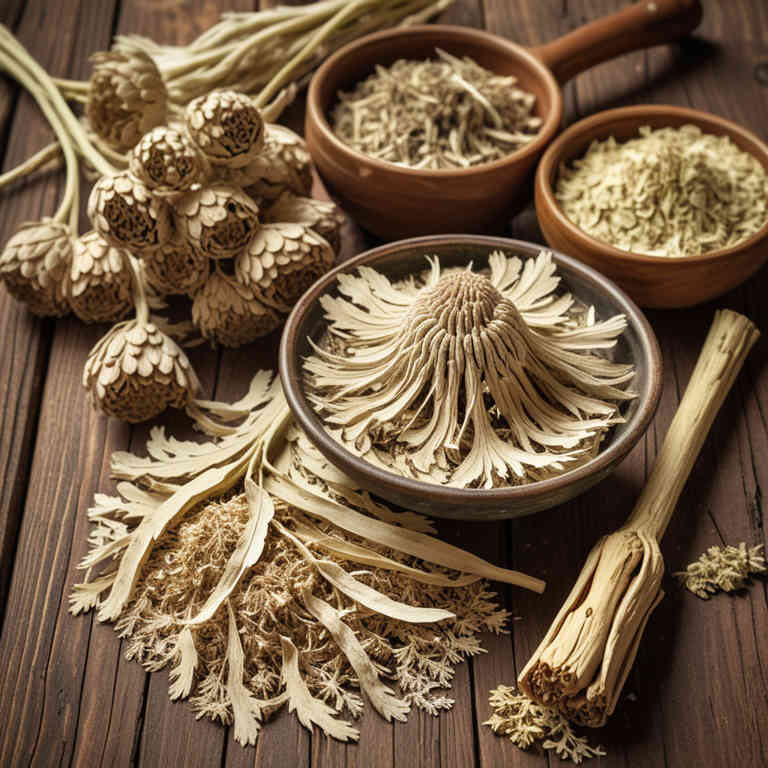
Herbal decoctions have been traditionally used to address amenorrhea, a condition characterized by the absence of menstrual periods.
These preparations typically involve boiling specific herbs such as chasteberry, red clover, and ginger to extract their active compounds. The herbal approach aims to balance hormonal levels and improve uterine function, often targeting deficiencies in estrogen or progesterone. Many women find these natural remedies to be gentle and effective, though they should be used under the guidance of a qualified herbalist or healthcare provider.
While herbal decoctions can be a valuable complementary therapy, they should not replace professional medical evaluation, especially if amenorrhea is caused by an underlying health issue.
FREE Herb Drying Checklist
How to make sure every batch retains maximum flavor, color, and aroma without the risk of mold or over-drying. Eliminate guesswork and trial-and-error, making herb drying faster, easier, and more efficient every time.
Table of Contents
1. Vitex agnus-castus

Vitex agnus-castus, commonly known as chaste tree, has been traditionally used in herbal medicine to support hormonal balance and address menstrual irregularities, including amenorrhea.
The active compounds in vitex, such as essential oils and flavonoids, are believed to influence the pituitary gland and regulate the production of luteinizing hormone (LH), which can help stimulate menstrual cycles. Herbal decoctions made from vitex berries are often prepared by simmering the dried fruit in water for several hours, resulting in a concentrated tonic that is typically consumed twice daily. Clinical studies and anecdotal evidence suggest that vitex may be beneficial for women with functional hypothalamic amenorrhea or those experiencing stress-related menstrual suppression.
However, it is important to consult with a healthcare provider before using vitex, especially for individuals with existing hormonal conditions or those on medications, to ensure safe and effective use.
2. Cimicifuga racemosa
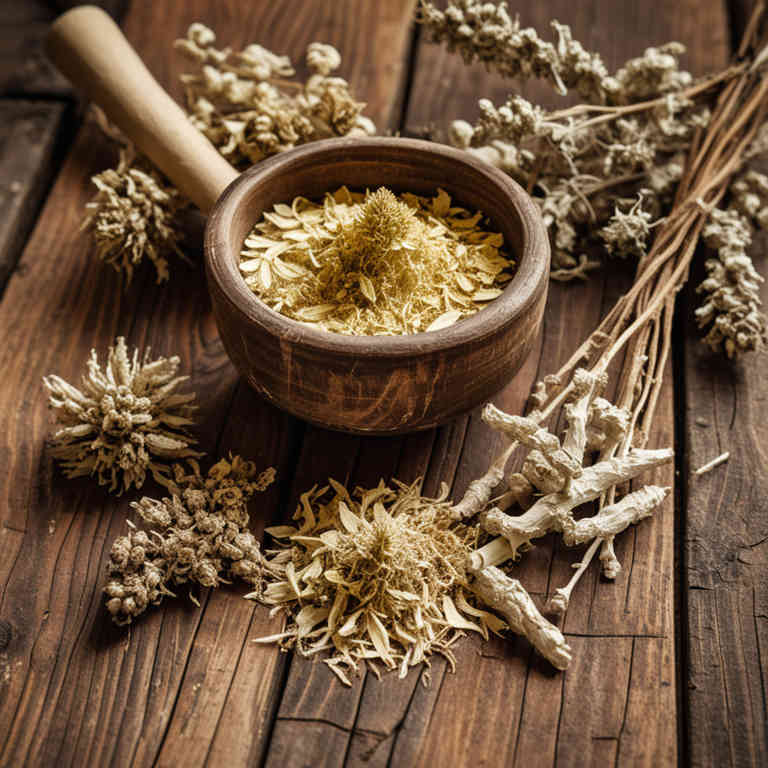
Cimicifuga racemosa, commonly known as black cohosh, has been traditionally used in herbal medicine to treat amenorrhea, a condition characterized by the absence of menstrual periods.
Herbal decoctions made from the roots of Cimicifuga racemosa are believed to support hormonal balance and uterine function, which may help stimulate menstruation. These decoctions typically involve boiling the dried root in water for several hours to extract its active compounds, such as triterpene glycosides and flavonoids. While some clinical studies suggest potential efficacy, the use of Cimicifuga racemosa should be approached with caution, as it may interact with other medications and is not recommended for pregnant women.
Overall, it remains a popular complementary therapy for women experiencing amenorrhea, though further research is needed to fully understand its mechanisms and safety profile.
3. Leonurus cardiaca
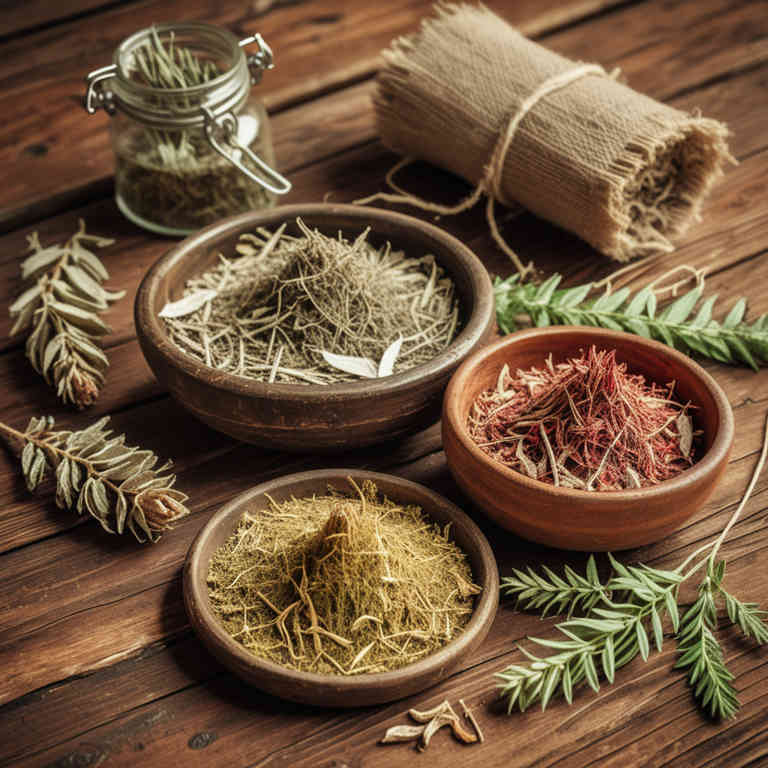
Leonurus cardiaca, commonly known as heartworts, has been traditionally used in herbal medicine for its potential to treat amenorrhea, a condition characterized by the absence of menstrual periods.
The herb contains compounds such as leonurine and flavonoids, which are believed to support hormonal balance and uterine health. Herbal decoctions of Leonurus cardiaca are typically prepared by simmering the dried aerial parts of the plant in water for several minutes, then allowing the mixture to steep. These decoctions are often used in combination with other herbs to enhance their effectiveness in regulating menstrual cycles.
While some studies suggest possible benefits, more clinical research is needed to fully understand its mechanisms and efficacy in treating amenorrhea.
4. Sanguisorba officinalis

Sanguisorba officinalis, commonly known as sweetdrop or rosebay willowherb, has been traditionally used in herbal medicine for its potential benefits in treating amenorrhea, the absence of menstrual periods.
Herbal decoctions made from the roots and leaves of S. officinalis are believed to help regulate hormonal imbalances and stimulate uterine function, which can aid in restoring regular menstrual cycles. These decoctions are often prepared by simmering the dried plant material in water for an extended period to extract its active compounds, such as tannins and flavonoids, which may have mild estrogenic or anti-inflammatory properties. While some traditional practitioners recommend S. officinalis as a supportive treatment for amenorrhea, it is important to consult with a qualified healthcare provider before using it, especially for individuals with underlying health conditions or those on medication.
Further scientific research is needed to fully understand its efficacy and safety in modern medical practice.
5. Cnicus benedictus

Cnicus benedictus, commonly known as blessed thorn, has been traditionally used in herbal medicine for its potential benefits in treating amenorrhea, the absence of menstrual periods.
Herbal decoctions made from the dried leaves and stems of Cnicus benedictus are believed to stimulate uterine function and promote menstrual flow by balancing hormonal levels and improving blood circulation in the reproductive system. The plant contains bioactive compounds such as flavonoids and essential oils, which may contribute to its therapeutic effects on the female reproductive system. While anecdotal evidence suggests its efficacy, more scientific research is needed to fully understand its mechanisms and confirm its safety and effectiveness for treating amenorrhea.
As with any herbal remedy, it is advisable to consult a qualified healthcare practitioner before use, especially for individuals with existing health conditions or those taking other medications.
6. Urtica dioica
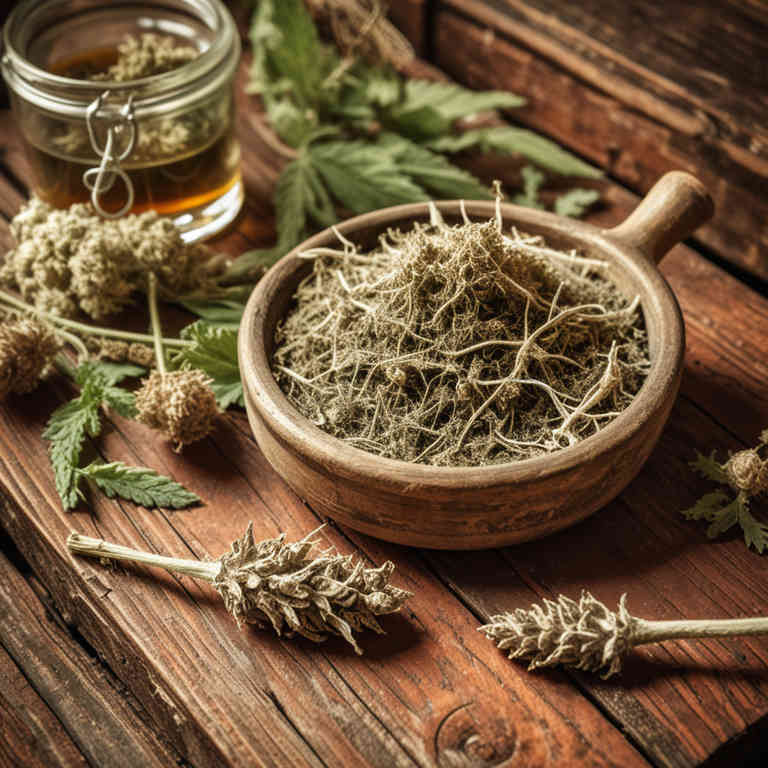
Urtica dioica, commonly known as stinging nettle, has been traditionally used in herbal medicine to address various health conditions, including amenorrhea, the absence of menstrual periods.
Herbal decoctions made from the leaves and stems of Urtica dioica are believed to support hormonal balance and uterine health, potentially helping to regulate menstrual cycles. The plant contains essential nutrients such as iron, calcium, and vitamins A and C, which may contribute to its therapeutic effects. However, while some studies suggest that nettle may influence estrogen levels, more research is needed to confirm its efficacy for amenorrhea.
It is important to consult with a qualified herbalist or healthcare provider before using nettle decoctions, as they can interact with medications and may not be suitable for everyone.
7. Cyperus rotundus
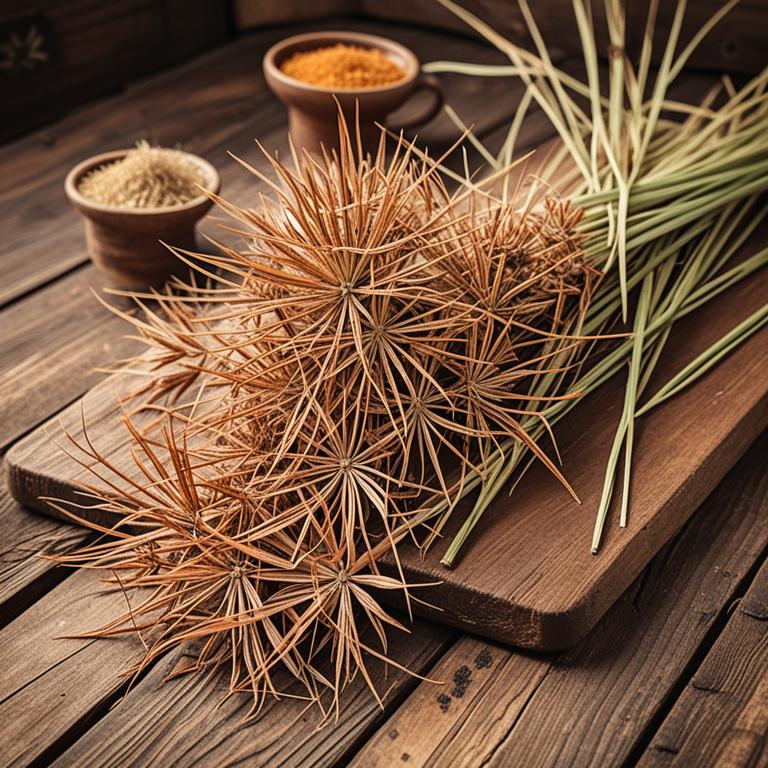
Cyperus rotundus, commonly known as nutgrass, has been traditionally used in herbal medicine to address various gynecological issues, including amenorrhea.
Its decoctions are prepared by boiling the rhizomes in water, and the resulting liquid is consumed to stimulate menstrual flow. The herb is believed to act as a uterine stimulant, helping to regulate hormonal imbalances that may contribute to irregular or absent menstruation. Studies suggest that Cyperus rotundus contains compounds such as flavonoids and saponins, which may have estrogenic and anti-inflammatory properties.
While it is used in traditional systems like Ayurveda and Chinese medicine, it is important to consult a healthcare provider before using it, especially for women with underlying health conditions or those on hormonal therapies.
8. Paeonia lactiflora

Paeonia lactiflora, commonly known as peony, has been traditionally used in Chinese medicine for its potential therapeutic effects on reproductive health.
Herbal decoctions made from the roots of Paeonia lactiflora are believed to help regulate menstrual cycles and alleviate symptoms of amenorrhea, which is the absence of menstruation. These decoctions are often combined with other herbs to enhance their efficacy and address underlying imbalances in the body. The active compounds in peony, such as paeoniflorin, may possess anti-inflammatory and hormone-modulating properties that support hormonal equilibrium.
However, it is important to consult a qualified practitioner before using peony-based remedies, as they may interact with other medications or have contraindications for certain health conditions.
9. Paeonia suffruticosa
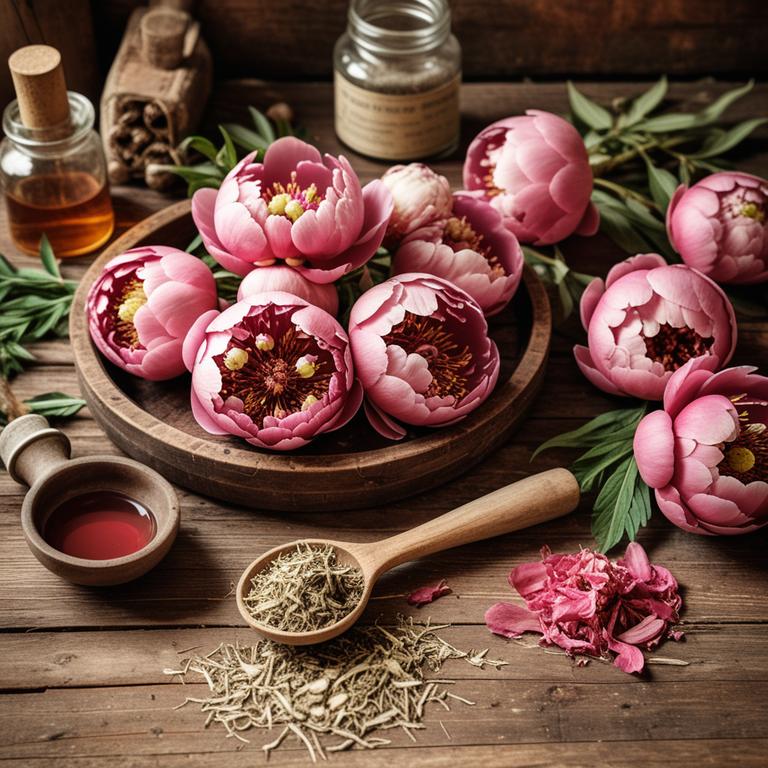
Paeonia suffruticosa, commonly known as tree peony, has been traditionally used in Chinese medicine to address various gynecological conditions, including amenorrhea.
Herbal decoctions made from its roots and rhizomes are believed to regulate menstrual cycles by balancing the body's qi and blood flow. These decoctions often contain other herbs such as Angelica sinensis and Rehmannia glutinosa to enhance their efficacy in treating hormonal imbalances and improving uterine function. Clinical studies suggest that Paeonia suffruticosa may help stimulate menstruation by promoting blood circulation and reducing stagnation in the reproductive system.
As a result, it is frequently prescribed in traditional herbal formulations for women experiencing irregular or absent menstrual periods.
10. Eclipta prostrata

Eclipta prostrata, commonly known as false dandelion, has been traditionally used in herbal medicine for its potential benefits in treating amenorrhea, a condition characterized by the absence of menstruation.
Herbal decoctions made from the dried leaves and stems of Eclipta prostrata are believed to support hormonal balance and stimulate uterine function, which may help regulate menstrual cycles. In traditional systems like Ayurveda and Chinese medicine, this herb is often combined with other herbs to enhance its efficacy in addressing menstrual irregularities. The active compounds in Eclipta prostrata, such as flavonoids and alkaloids, may contribute to its therapeutic effects by influencing estrogen levels and improving ovarian function.
While some studies suggest its potential as a natural remedy for amenorrhea, it is important to consult a healthcare professional before using it, as individual responses and interactions with other medications can vary.